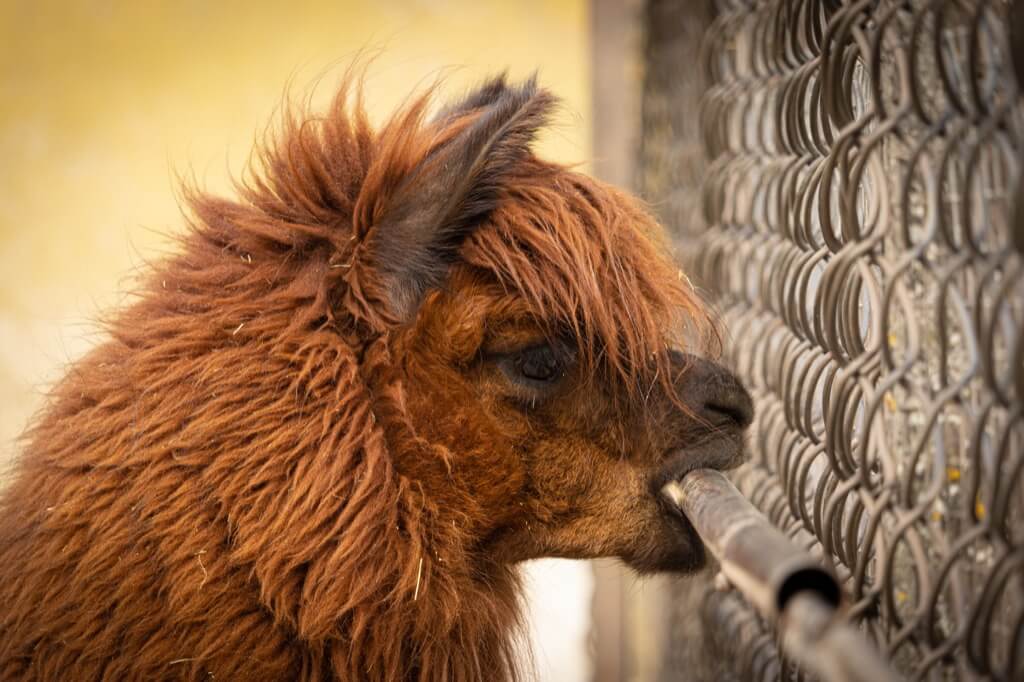A glance at a Chihuahua or Pomeranian doesn’t immediately evoke images of wild wolves. Yet, every breed, regardless of size, traces back to ancient wolves on the Siberian steppe 27,000 years ago. This transformation is a phenomenon geneticists have labeled the “domestication syndrome” — an evolution from wild wolves to various dog breeds with features humans love.
For decades, biologists have been intrigued by this evolution, pondering over the methods and processes of domestication. Charles Darwin, in his revolutionary “On the Origin of Species,” proposed that animals like pigeons had evolved through selective breeding. Similarly, the unintentional human influence might have transformed wolves into the dogs we recognize today.
Multiple theories attempt to answer the question: how exactly did Ice Age humans influence the evolution of wolves? One theory, the pedomorphosis concept, posits that humans might have favored wolf puppies that exhibited juvenile characteristics. Another, the neural crest hypothesis, considers the possibility that the brains of wolves shrunk due to their interactions and reliance on humans. Some believe that the physical appearance of dogs is connected to their genetic adaptations when wolves scavenged from human settlements. Still, a more behavior-centric explanation suggests that the wolves which were friendly and non-aggressive towards humans flourished, leading to the dogs we know today. A significant experiment in the 1950s by Dmitry Belyayev sought to explore these theories further.
Dmitry Belyayev, a passionate geneticist, alongside his PhD student Lyudmila Trut, initiated an innovative experiment in the 1950s. At a farm in Siberia, they began the selective breeding of foxes, aiming to replicate the domestication process. Belyayev cleverly disguised his study as a commercial venture, which was crucial during a time when genetics was outlawed in the USSR due to the politically charged battles between scientists like Nikolai Vavilov and Trofim Lysenko.
Through rigorous methodologies and over several generations, Belyayev and Trut were able to produce foxes that displayed increasingly dog-like behaviors and physical traits. By the 20th generation of this experiment, a staggering 35% of the foxes resembled domesticated dogs in behavior and appearance.
But Belyayev’s study, despite its significance, is not without controversy. A discovery at Prince Edward Island’s Summerside International Fox Museum and Hall of Fame unveiled that foxes with traits similar to those in Belyayev’s research had been bred commercially in the 1920s and 1930s, much before his work began. The implications of this find are profound, suggesting that the traits Belyayev thought were a result of his selective breeding might have already existed.
Dr. Brian Hare, from Duke University’s Canine Cognition Centre, introduces a contrasting perspective. He suggests that dogs might have domesticated themselves by adapting to human behaviors. As per his theory, only the wolves that could decipher human gestures survived by scavenging human campsites. Over time, these wolves evolved into our domestic dogs.
1. Natural Selection vs. Human Intervention
When you consider the evolution of dogs from wild wolves, do you believe it was primarily a natural occurrence, or was it shaped extensively by human interference? Some argue that certain canine species naturally evolved to be more sociable, leading them to human settlements. Yet others believe that our ancestors actively shaped the domestication process by selectively breeding wolves that exhibited desirable traits. So, ask yourself: was the transformation of wolf to dog more about nature taking its course, or was it a testament to early human innovation?
2. Timing of Domestication
As you dive into the chronology of dog domestication, you’ll find conflicting views on when it all began. Some genetic studies suggest that domestication could’ve started as early as 40,000 years ago. On the other hand, archaeological evidence, primarily ancient canine fossils, indicates a more recent timeframe of about 15,000 years ago. As you mull over this topic, consider which evidence holds more weight for you: genetic mutations captured in DNA or tangible remains from history?
3. Geographic Origins of Domestication
The location of the first domesticated dogs is a matter of ongoing debate. As you explore the subject, you’ll find evidence pointing to various regions – from Europe to Central Asia, and from the Middle East to Southeast Asia. Each region presents its own set of archaeological and genetic findings supporting its claim. So, where do you think your modern-day furry friend’s ancestors first transitioned from wild wolf to domesticated dog?
4. The Role of Diet in Evolution
You are what you eat, as the saying goes. Some believe this applied to wolves as they ventured closer to human settlements. There’s a debate on whether a shift in diet—moving from raw prey to scavenged human leftovers—played a significant role in the evolution and domestication of dogs. This dietary change might have influenced not just their behavior but also their physiology. Do you think what’s on the plate could have played such a pivotal role in shaping the dog’s evolution?
5. Purpose of Domestication: A Companion or A Tool?
As you ponder the reasons behind dog domestication, you’ll encounter a central debate: were dogs first domesticated for companionship or utility? Some argue that the emotional bond between humans and dogs was the driving force, while others believe dogs were first brought into human realms for practical reasons, such as hunting, guarding, or herding. So, in your view, was the first dog at a human’s side a beloved pet or a vital worker?




